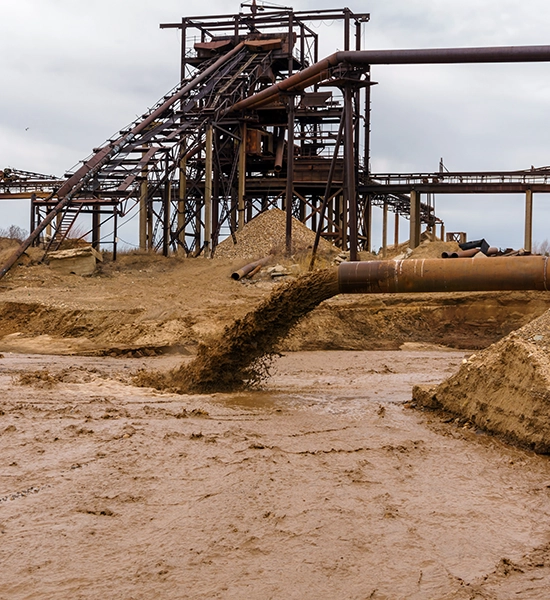Protecting Humans And The Environment With Bioassay Testing
Bioassay testing assesses the impact of pollutants on living organisms and ecosystems. The results of these biological assays provide crucial insights into the potential risks to human health, wildlife, and the environment. This information guides regulatory bodies in setting environmental standards and aids industry in developing sustainable practices and adopting effective remediation strategies.
The highly experienced Pace® scientific staff can perform bioassay testing on products, pure chemicals, process wastes, storm water and wastewater discharge in our state-of-the-art aquatic toxicology laboratories.

Regulatory Requirements For Bioassay Testing
Entities that discharge wastewater into the Waters of the U.S. are required to obtain a National Pollutant Discharge Elimination System (NPDES) permit. As part of the permitting process, biological assays assess the aquatic toxicity of wastewater discharge. Toxic pollutants can include chemicals produced or used in manufacturing processes as well as pesticides, nutrients, pathogens, sediment, and metals. Pace® bioassay testing plays a crucial role in ensuring compliance, safeguarding water quality, and protecting aquatic life.
Bioassays may also be performed on chemicals and products to help producers ensure the safety of their products, comply with state regulations, and achieve certain types of certifications from independent organizations.
How Are Bioassays Performed?
Whole Effluent Toxicity Testing (WET testing) is the primary method used for environmental bioassays. WET testing determines the potential harmful effects of pollutants in wastewater effluent on aquatic organisms. Instead of measuring individual pollutants, WET testing measures an observable toxic response to the interaction of toxicants and other constituents within the effluent. In these tests, carefully chosen indicator organisms are exposed to whole effluent/or effluent dilutions for a pre-determined time period in order to observe the effluent’s effect on the organisms. The toxicity levels are determined by statistical analysis.
Pace® Simplifies The Entire Lifecycle Of Your Project
Pace® is here to support every step of your biological assay project. If testing for compliance, NPDES permits include a detailed explanation of the testing required, including the type of test, the testing frequency, the approved test species, the permit limitations (Toxic Unit or Pass/Fail), and what to do if there is an exceedance. We can help you interpret the requirements and create a project plan that includes:
- Test scheduling
- Sample collection kits
- Sampling services
- Quarterly testing reports formatted for your state agency
- Quality assurance documentation
- Reference toxicant control charts
Additional Resources
Need to find a lab that can handle your unique requirements?
Contact us directly or download our list of environmental certifications across our network.